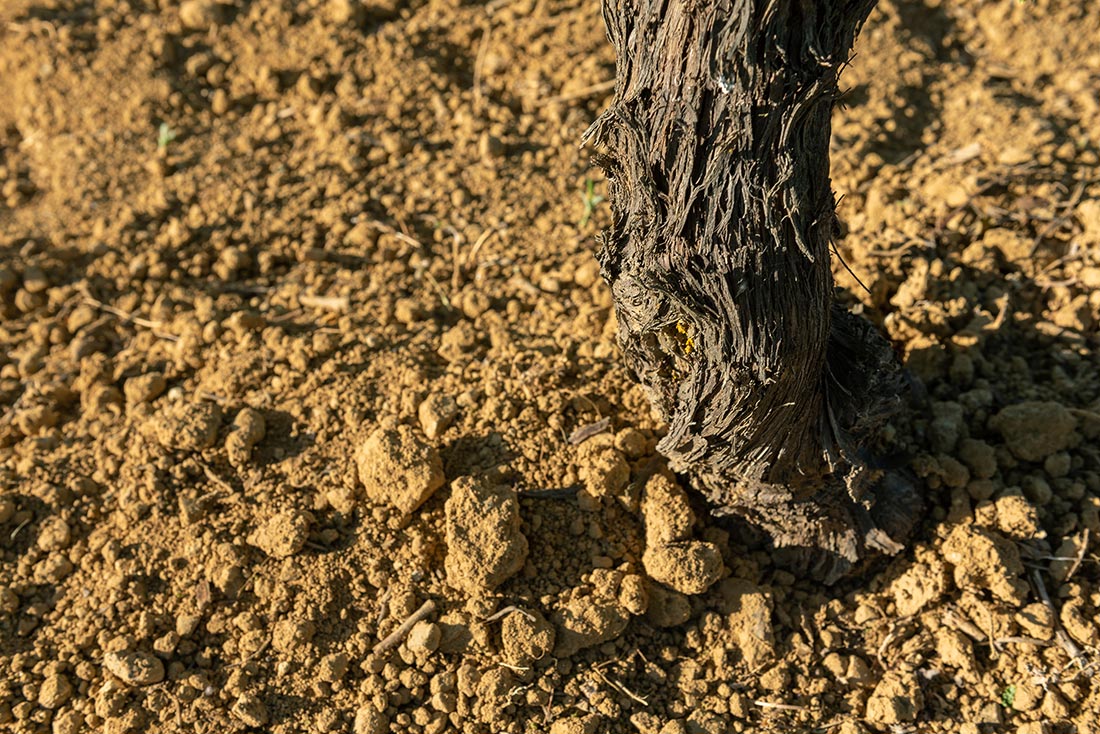In Lemnos, approximately 5,000 acres of vineyards are cultivated, of which 90-95% are covered by the white Muscat of Alexandria, while the rest of the area is planted mainly with the ancient Greek red variety Limnio. The terroir of Lemnos, meaning the elements of nature and people that determine the taste of the wines, is determined by the following climatic and geological data: The main viticultural difficulties in Lemnos can be summarized as follows: The Terroir of Limnos
Μεγάλη ποικιλία εδαφών πάνω σε ηφαιστειακό υπέδαφος
The island of Limnos, in the North Aegean, is part of the volcanic arc of the Greek Archipelago. Since ancient times, Lemnos has been known both for its grain, as it was the granary of Ancient Athens, for its vines and wine.
Advantages
Difficulties – Risks


Ο ιστότοπος αυτός χρησιμοποιεί cookies. Διαβάστε αναλυτικά

